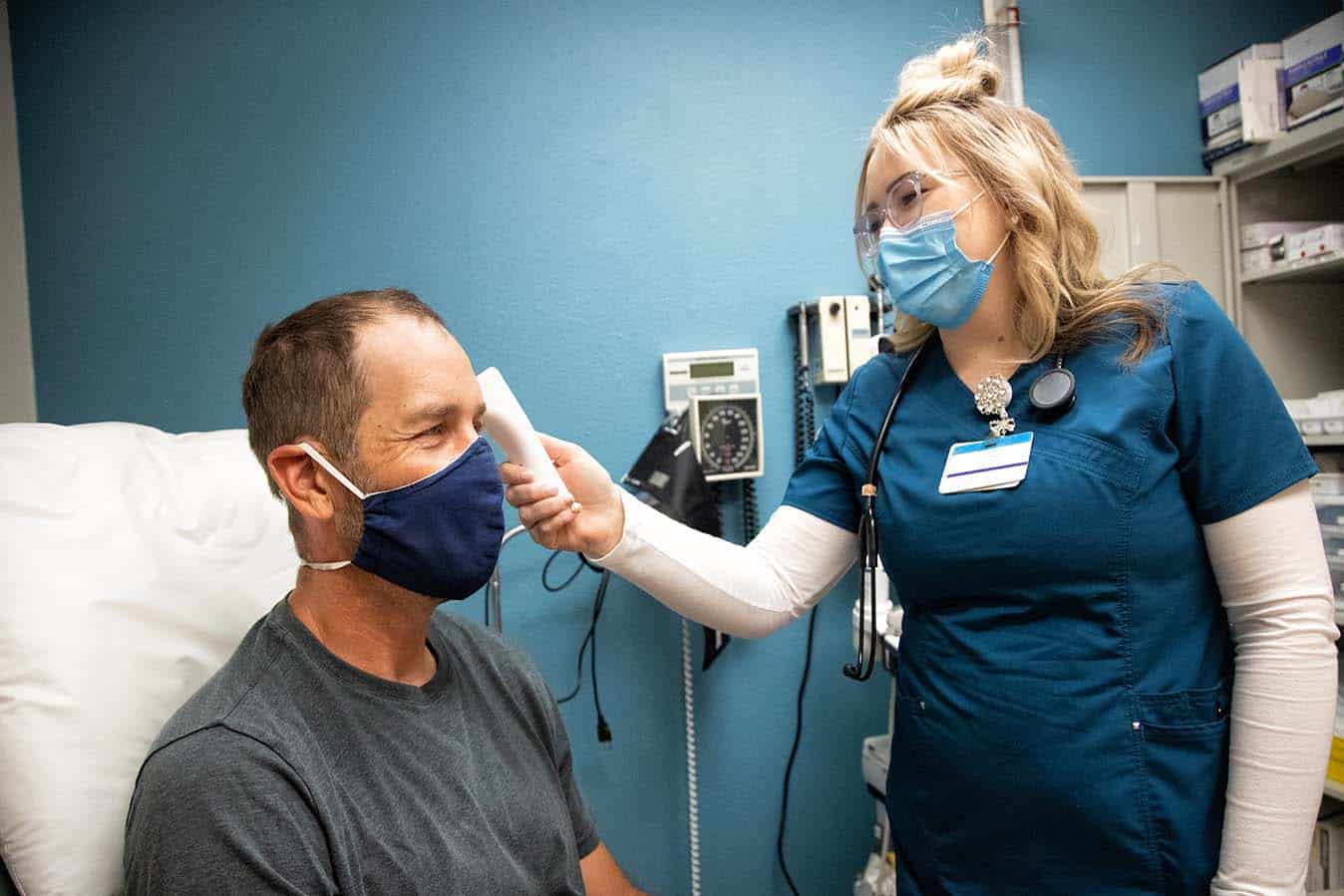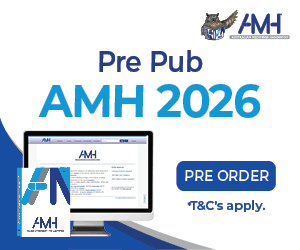Nurses working in nurse-led models of care undertake comprehensive assessment, provide timely person-centred care, opportunistic education and support, continuity of care and link patients to other health professionals and services.
Underpinned by advanced practice nursing care, innovative and cost-effective nurse-led models of care aim to improve access to healthcare and give people choice while also enhancing the patient’s experience.
Over four weeks ANMJ is delving into what nurse led-models of care are while featuring different models across Australia in a four part series.
This week we look at what is nurse-led.
Why nurse-led?
Nurse-led models of care have been in place in Australia for decades and have proved incredibly effective, says ANMF Senior Federal Professional Officer Julianne Bryce.
Examples of nurses leading direct care delivery include emergency department triage and pre-admission clinics prior to surgery, diabetes education, stomal therapy, and now breast cancer nurses and general walk-in-clinics.
Julianne says some nurse-led models target specific areas or conditions, such as sexual health, continence management, asthma, Parkinson’s disease, breast cancer and homelessness, just to name a few.
Nurse-practitioner-led models of care also have the ability to be a real game changer as NP’s provide high levels of clinically focused, autonomous, holistic, comprehensive nursing care in a variety of contexts of practice which often includes the ordering of diagnostic tests and prescribing of medicines.
“Nurse-led models of care give people continuity of care,” Julianne explains.
“The increased access allows nurses to spend more time with the people they’re caring for, answer their questions and build up a rapport that can lead to broader health education and health benefits.
“Nurses possess great health literacy and can often interpret information for people and their families, as they undertake comprehensive assessment, education, support and treatment of health issues using a nursing lens.”
Julianne says nurse-led models of care focus on meeting people’s health needs but also empower them to become active contributors to their own health and wellbeing.
Despite the immense benefits of nurse-led models of care, Julianne concedes funding and acceptance remain challenging, especially in primary care.
“A lot of the time nurses are providing this care in addition to their normal workloads and the only reason the nurse-led model of care continues is because they are just so determined and believe the service is too important not to provide it. This is not okay, these should be supported, funded models of care. We know they work,” Julianne says.
“The cost of establishing nurse-led models of care is always a major issue because ongoing operation has to be offset by benefits. Research continually shows improved patient satisfaction, better quality of life and improved clinical outcomes, better understanding of health issues and chronic conditions, and streamlined access to other health professionals. Nurses are excellent agents of connectivity as we know how the health system works, how to get access to resources and services and how to link people up with other health professionals.”
Julianne says people vote with their feet and that many successful nurse-led models of care have become vital services within communities.
“In an environment where the almighty dollar is important, and we spend so little on prevention, well run nurse clinics and nurse-led models of care can keep people well and living in their homes, managing their healthcare and chronic conditions, for as long as possible.”








